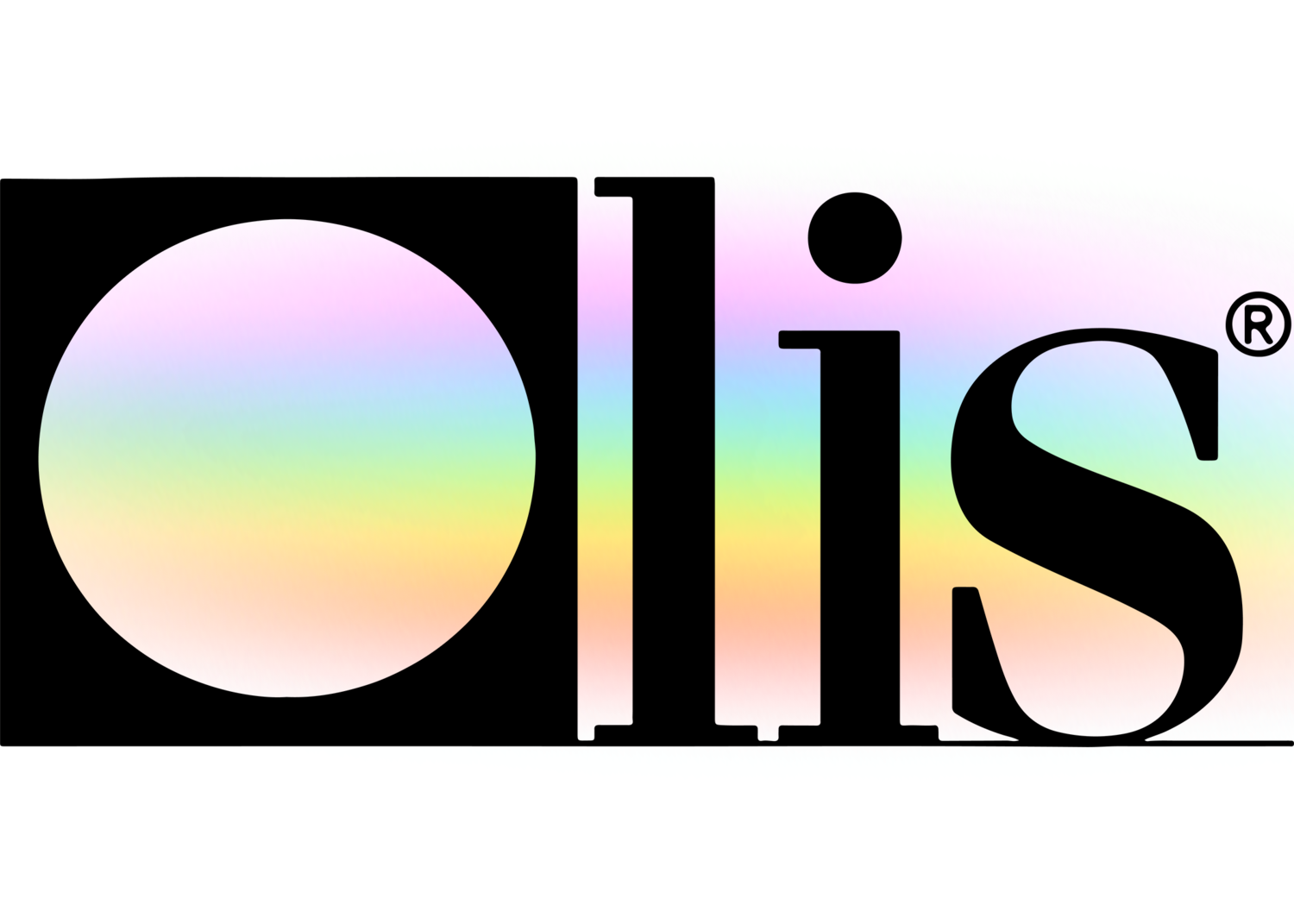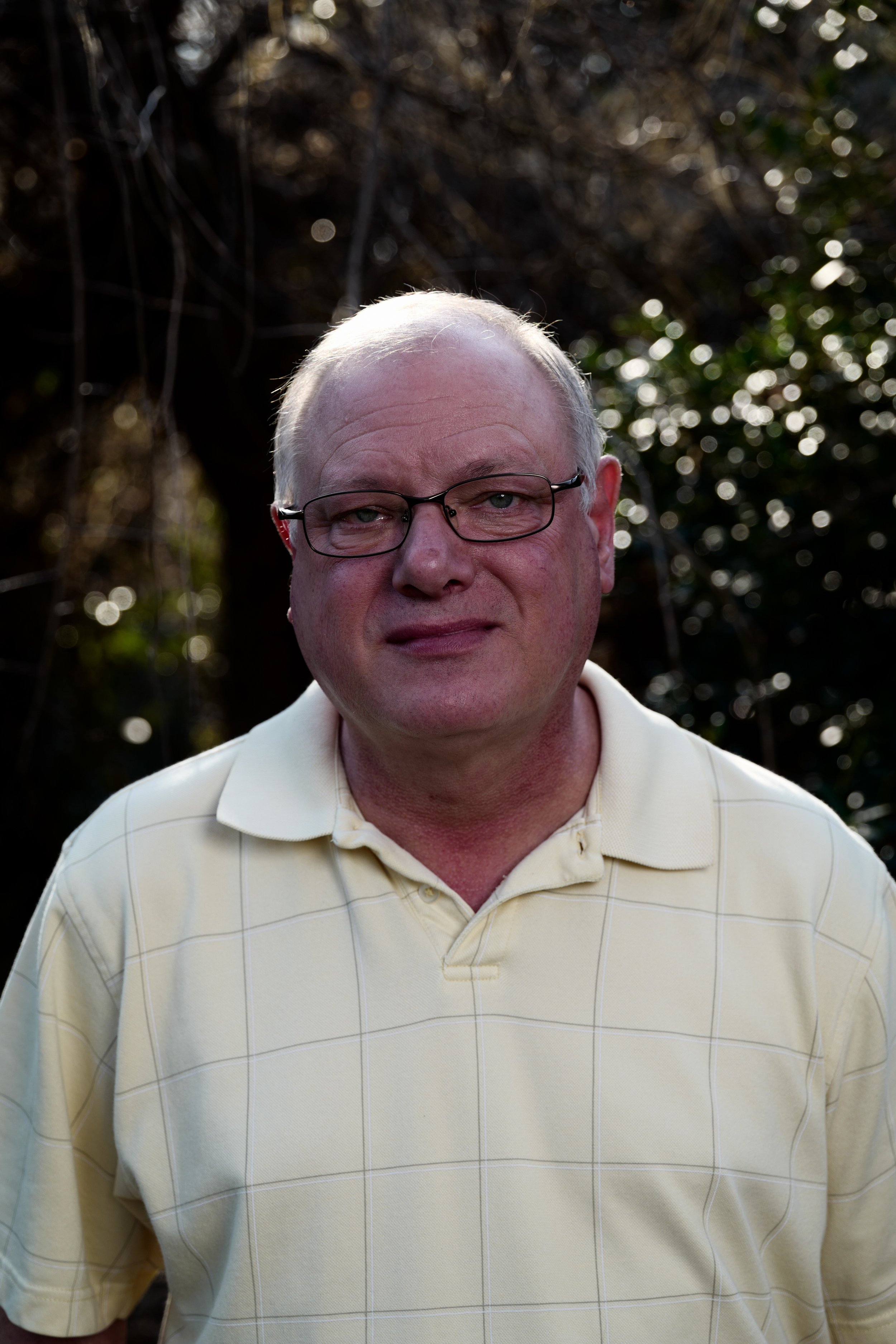The Buzz on Spectrophotometers
The Buzz on Spectrophotometers
Blog Article
The Best Strategy To Use For Spectrophotometers
Table of ContentsNot known Incorrect Statements About Circular Dichroism The Best Guide To Circularly Polarized LuminescenceSee This Report about Circularly Polarized LuminescenceNot known Details About Uv/vis/nir The 7-Minute Rule for Spectrophotometers

Spectrophotometry is most typically used to ultraviolet, noticeable, and infrared radiation, modern-day spectrophotometers can question large swaths of the electromagnetic spectrum, including x-ray, ultraviolet, noticeable, infrared, and/or microwave wavelengths. Spectrophotometry is a tool that depends upon the quantitative analysis of particles depending upon just how much light is taken in by colored substances.
How Uv/vis can Save You Time, Stress, and Money.
A spectrophotometer is frequently utilized for the measurement of transmittance or reflectance of solutions, transparent or opaque solids, such as polished glass, or gases. Lots of biochemicals are colored, as in, they absorb noticeable light and for that reason can be measured by colorimetric procedures, even colorless biochemicals can frequently be transformed to colored substances ideal for chromogenic color-forming responses to yield substances suitable for colorimetric analysis.: 65 However, they can likewise be created to determine the diffusivity on any of the listed light ranges that normally cover around 2002500 nm utilizing various controls and calibrations.
An example of an experiment in which spectrophotometry is utilized is the decision of the balance constant of an option. A particular chemical response within an option may take place in a forward and reverse instructions, where reactants form products and items break down into reactants. Eventually, this chain reaction will reach a point of balance called an equilibrium point.
The Ultimate Guide To Uv/vis
The quantity of light that travels through the solution is indicative of the concentration of particular chemicals that do not permit light to travel through. The absorption of light is due to the interaction of light with the electronic and vibrational modes of molecules. Each type of molecule has an individual set of energy levels associated with the makeup of its chemical bonds and nuclei and therefore will absorb light of specific wavelengths, or energies, leading to unique spectral properties.
Using spectrophotometers covers various clinical fields, such as physics, products science, chemistry, biochemistry. circularly polarized luminescence, chemical engineering, and molecular biology. They are extensively utilized in many markets consisting of semiconductors, laser and optical manufacturing, printing and forensic examination, along with in labs for the research study of chemical compounds. Spectrophotometry is often utilized in measurements of enzyme activities, decisions of protein concentrations, determinations of enzymatic kinetic constants, and measurements of ligand binding reactions.: 65 Ultimately, a spectrophotometer is able to figure out, depending upon the control or calibration, what compounds are present in a target and exactly how much through computations of observed wavelengths.
Created by Arnold O. Beckman in 1940 [], the spectrophotometer was developed with the help of his coworkers at his company National Technical Laboratories established in 1935 which would end up being Beckman Instrument Business and eventually Beckman Coulter. This would come as a solution to the previously created spectrophotometers which were not able to absorb the ultraviolet correctly.
Examine This Report on Uv/vis
It would be discovered that this did not offer satisfactory results, therefore in Model B, there was a shift from a glass to a quartz prism which permitted better absorbance results - circular dichroism (https://www.twitch.tv/olisclarity1/about). From there, Design C was born with a modification to the wavelength resolution which wound up having 3 systems of it produced
It irradiates the sample with polychromatic light which the sample takes in depending on its residential or commercial properties. It is transferred back by grating the photodiode variety which finds the wavelength region of the spectrum. Ever since, the development and implementation of spectrophotometry gadgets has increased tremendously and has actually ended up being one of the most innovative instruments of our time.

Some Of Spectrophotometers
The grating can either be movable or repaired.
In such systems, the grating is fixed and the intensity of each wavelength of light is measured by a different detector in the variety. When making transmission measurements, the spectrophotometer quantitatively compares the portion of light that passes through a recommendation option and a test option, then electronically compares the strengths of the 2 signals and calculates anchor the portion of transmission of the sample compared to the recommendation standard.

Report this page